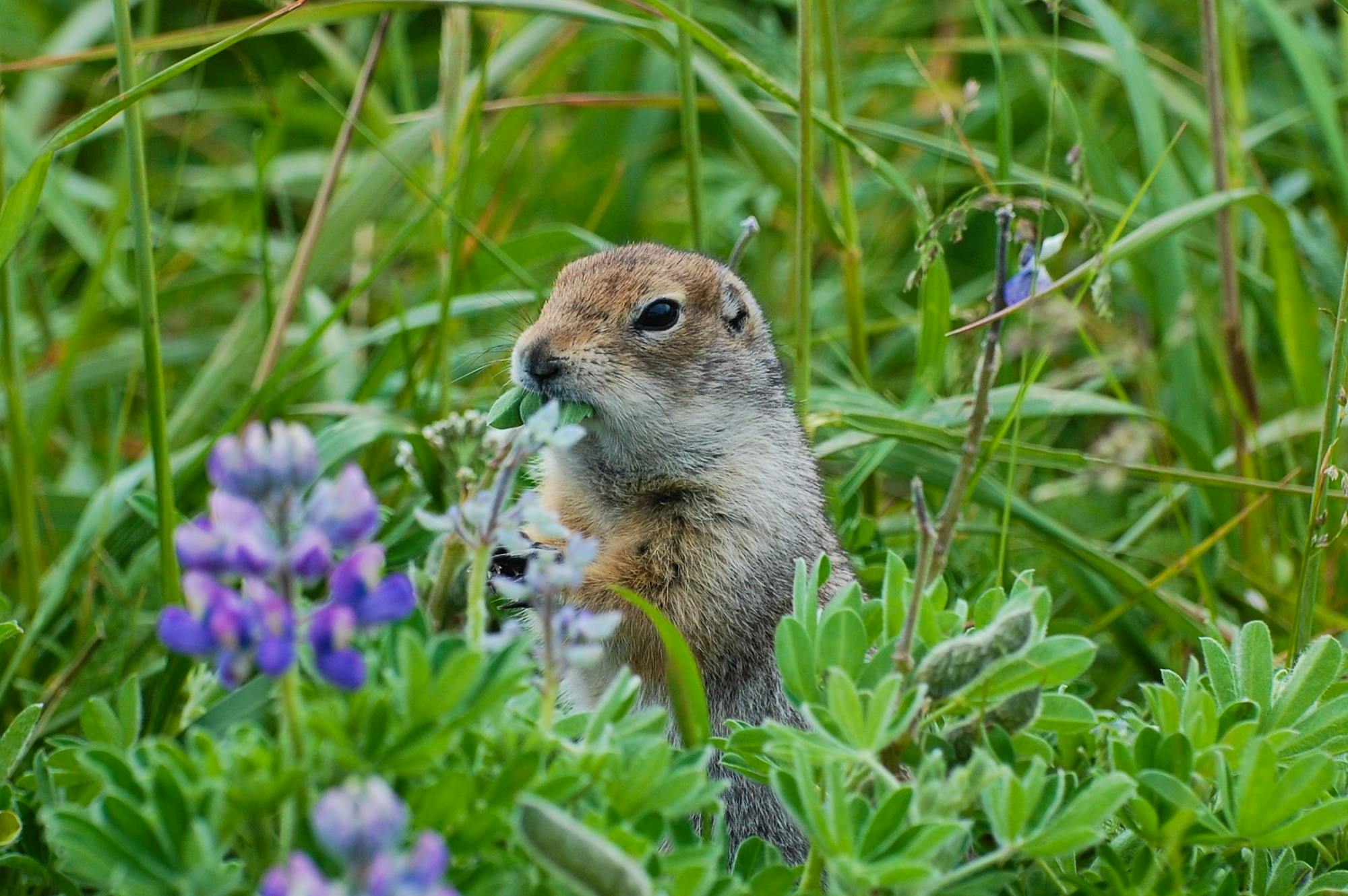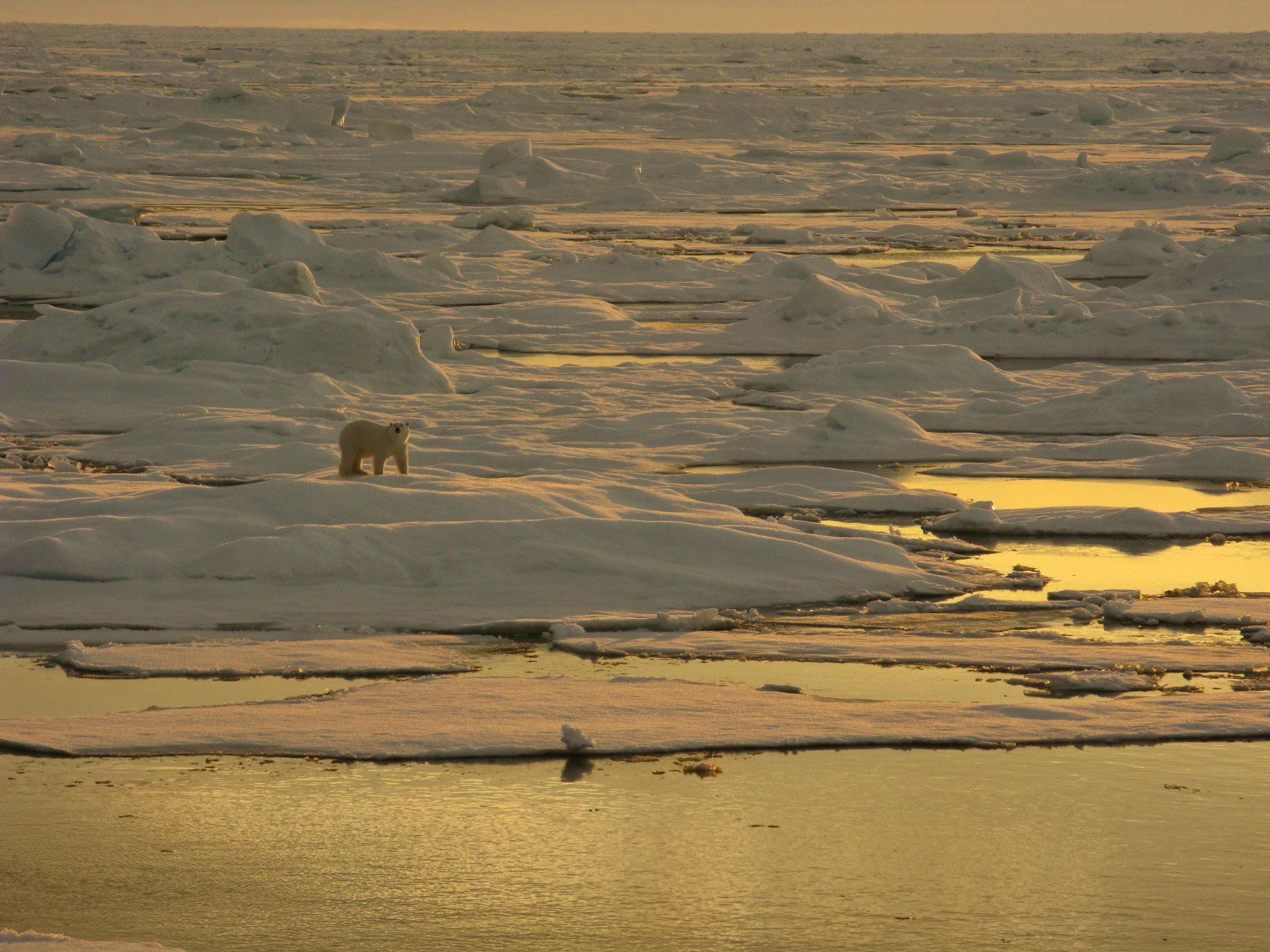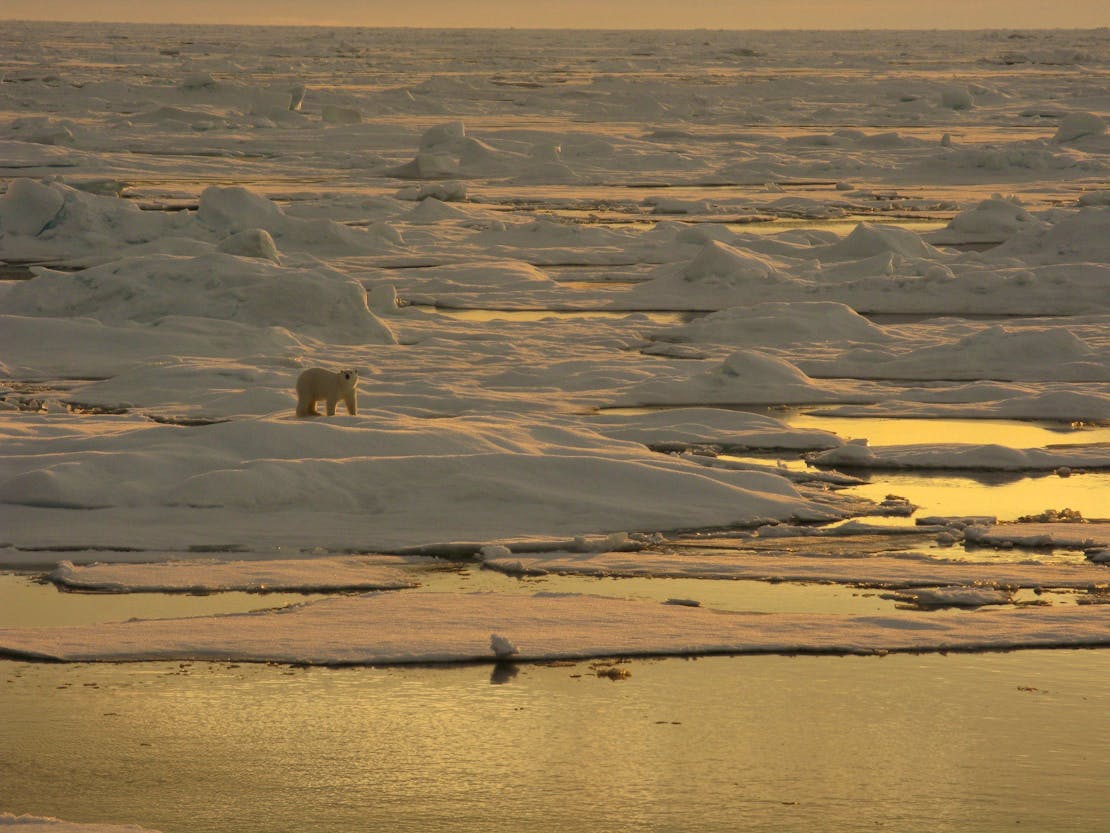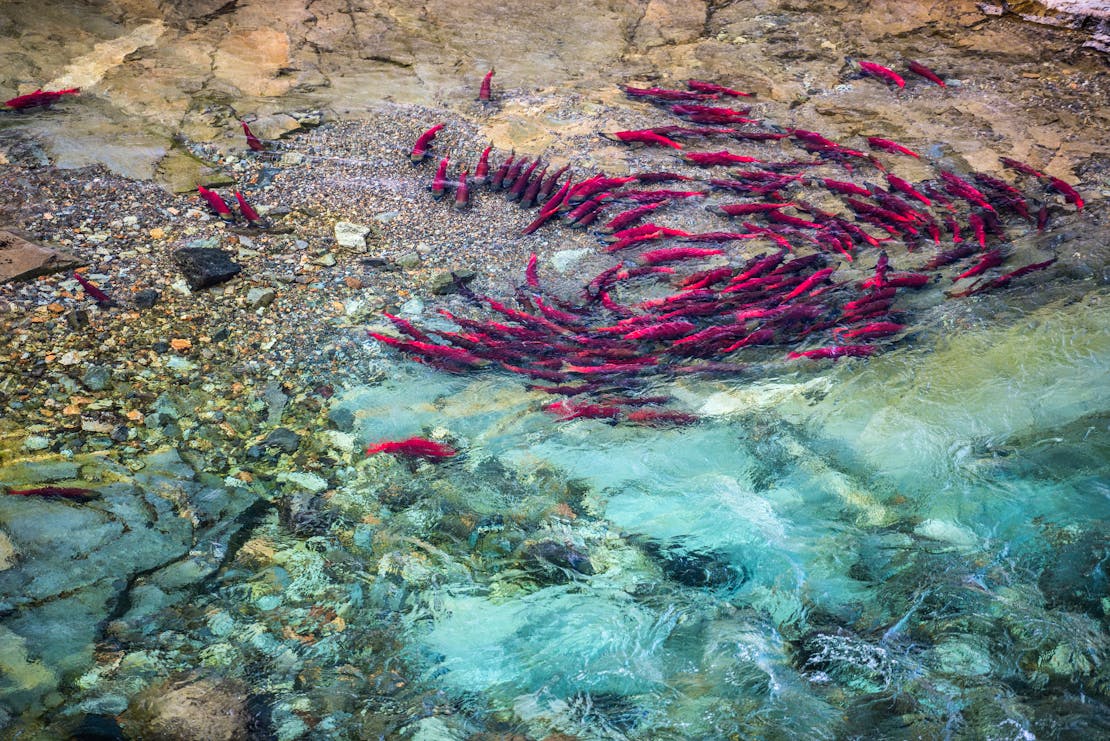2020 has been filled with many trials for Alaska’s program. We worked hard all year to fight the multitude of environmental rollbacks the Trump administration has aimed at wildlife and public lands in Alaska. However, from the very northern reaches of the Arctic National Wildlife Refuge’s coastal plain to the very southern tips of the towering yellow cedars of the Tongass National Forest, we continued to push forward to fight for these incredible places, and we came out on top, succeeding in protecting wildlife and wild places.
Arctic Ocean: In November, the U.S. Court of Appeals for the Ninth Circuit upheld our challenge to the Bureau of Ocean Energy Management’s approval of a proposed oil and gas development project in the Arctic Ocean. Defenders raised concerns about the project’s impacts on polar bears and questioned the agency’s perplexing conclusion that to build the project would result in fewer carbon emissions than to not build it. The court agreed that the agency had not ensured that harm to polar bears would be minimized or avoided and rejected the confusing emissions analysis. Existing and proposed oil and gas development along much of Alaska’s Arctic coastline is jeopardizing polar bear recovery, and this decision sends a strong message that industrializing their critical habitat is inconsistent with protecting and recovering these animals.
Kenai National Wildlife Refuge: In June, a new regulation was proposed to allow brown bear baiting for the first time and eliminate the federal trapping permit requirement for the Kenai National Wildlife Refuge in an effort to prioritize state wildlife management and weaken federal management approaches on the refuge. Defenders played a leadership role in coordinating organizations to oppose the draft rule and thanks to our members and supporters, we submitted 60,000 comments opposing the proposal. We led a successful effort to get the U.S. Fish and Wildlife Service (FWS) to hold hearings and reopen the comment period, resulting in overwhelming testimonials from Alaskans opposing the rule change. Just this November, the Alaska district court upheld the 2016 Public Use Regulation, which the new draft rule sought to amend, and FWS’s authority to manage wildlife on the refuge. This was a HUGE victory for wildlife and all the plaintiffs, including Defenders, and it also undermined efforts by the current administration to move forward with its draft rule.
Bristol Bay: Pebble mine has been a reoccurring nightmare for decades, haunting Alaskans, especially the people and the wildlife that depend on the Bristol Bay watershed. This year, we could have seen the federal government green light this process, but instead, the U.S. Army Corp of Engineers surprisingly denied a Clean Water Act permit for Pebble Mine in the final stages of the permitting process! Bristol Bay waters provide the largest remaining wild sockeye salmon fishery in the world. Salmon are an ecosystem and economic pillar for Alaska. Many species, including the endangered Cook Inlet beluga, depend on salmon, and many commercial fishers and businesses in Alaska depend on wild salmon. Science overwhelmingly opposes this massive mine that would bring lasting damage to this remarkable watershed and its renewable, wild resources. We celebrate this decision by the U.S. Army Corp, but we remain vigilant as we continue to fight for permanent protections for Bristol Bay and its world-class fish and wildlife resources.



Izembek National Wildlife Refuge: For decades now, Defenders has been fighting a proposal to build a road through Izembek National Wildlife Refuge’s globally significant wetlands and designated wilderness, and we’ve experienced many challenges and victories along the way for this small but vital refuge in southwest Alaska. On June 1, a federal District Court judge handed us another victory when they ruled in our favor regarding a lawsuit opposing the Trump administration’s second land exchange that would have allowed construction of the road. This was the second attempt by the Trump administration to approve a land exchange that would allow for the road, and it was the second time a District Court judge decided in our favor and invalidated the administration’s illegal land exchange. This was a huge win for the habitat, the incredible diversity of wildlife that depend on it and for the National Wildlife Refuge System as a whole.
Tongass National Forest: Over two years of persistent advocacy and litigation paid off in March, when a federal district court in Alaska invalidated a Forest Service attempt to authorize the largest old-growth logging project in the country in decades. This effort spared more than 42,500 acres of mostly old-growth rainforest from clearcutting and roadbuilding, protecting rare habitat supporting many species of wildlife, including wolves, brown and black bears, marten, northern goshawks, flying squirrels and many others. Additionally, in response to the trapping of an unprecedented 165 Alexander Archipelago wolves on Prince of Wales Island during winter 2019-2020, the proposed elimination of the Roadless Area Conservation Rule on the Tongass and other threats, in August we filed a petition with the FWS to list the wolf as threatened or endangered in Alaska.
As we near the end of 2020, we have much to celebrate and hope for in 2021 with the incoming Biden administration. Alaska’s wildlife and public lands have been a target of the Trump administration, but Defenders plans to engage and work with a broad set of diverse partners to overturn the Trump administration’s many environmental rollbacks and chart new paths to significant conservation gains for this awe-inspiring state.












